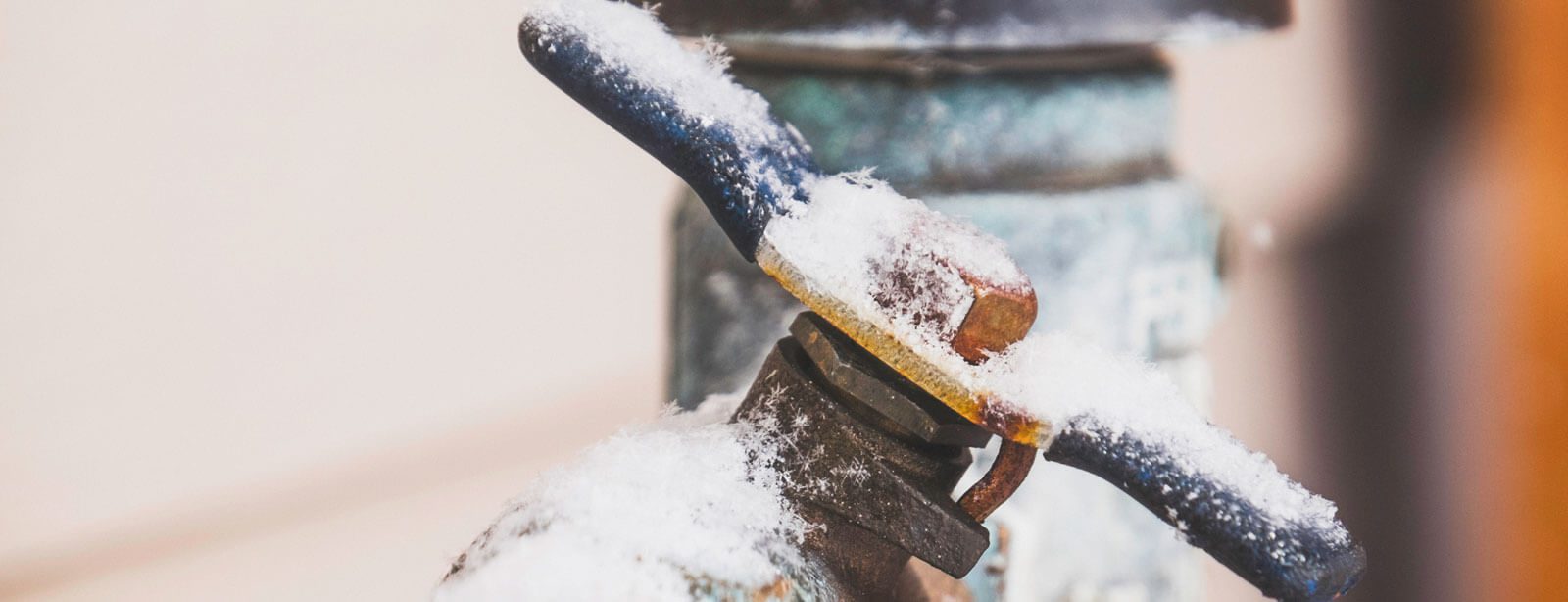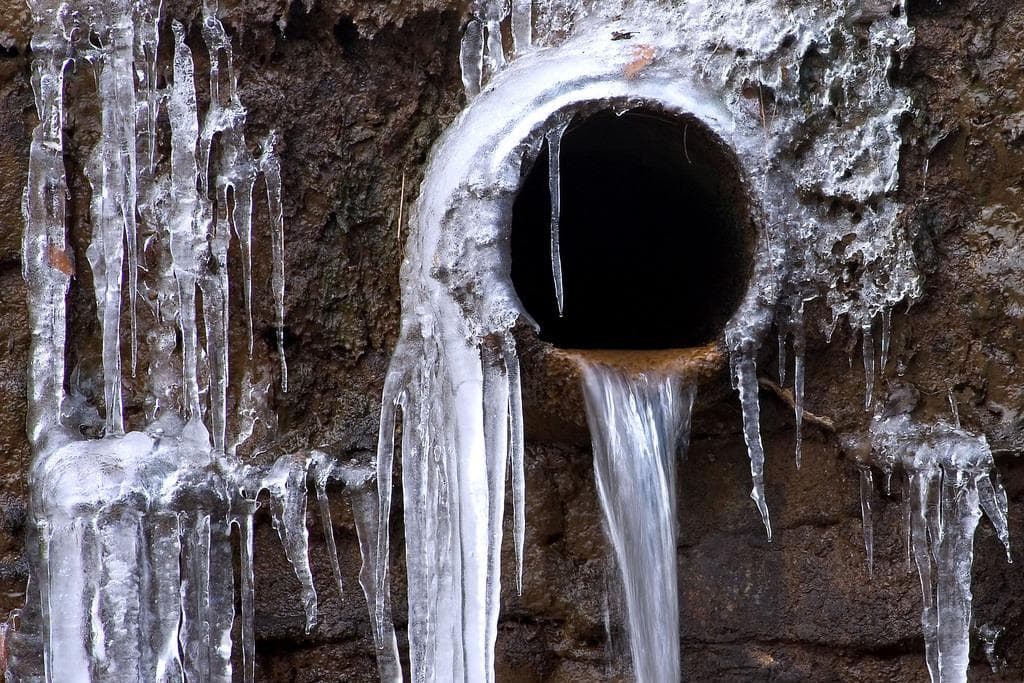The article on the next paragraphs in relation to 6 Ways to Prevent Frozen Pipes is without a doubt enlightening. Don't bypass it.

Winter can damage your plumbing, specifically by freezing pipelines. Right here's exactly how to avoid it from happening and what to do if it does.
Intro
As temperatures decline, the threat of frozen pipes rises, possibly leading to costly fixings and water damages. Recognizing exactly how to prevent icy pipes is crucial for home owners in cool climates.
Recognizing Frozen Pipelines
What triggers pipelines to ice up?
Pipes ice up when exposed to temperatures listed below 32 ° F (0 ° C) for prolonged periods. As water inside the pipelines freezes, it increases, taxing the pipeline wall surfaces and possibly creating them to burst.
Threats and damages
Icy pipes can cause water system disruptions, home damage, and pricey fixings. Ruptured pipes can flood homes and cause considerable architectural damages.
Indicators of Frozen Water Lines
Determining icy pipelines early can prevent them from breaking.
Exactly how to identify icy pipes
Look for lowered water flow from taps, unusual smells or noises from pipelines, and noticeable frost on subjected pipelines.
Prevention Tips
Insulating susceptible pipelines
Wrap pipes in insulation sleeves or make use of heat tape to safeguard them from freezing temperature levels. Concentrate on pipelines in unheated or outside locations of the home.
Home heating strategies
Keep interior rooms appropriately heated up, especially locations with pipes. Open closet doors to enable warm air to distribute around pipelines under sinks.
Safeguarding Exterior Plumbing
Yard tubes and outside taps
Disconnect and drain pipes garden pipes prior to winter season. Mount frost-proof spigots or cover outside taps with insulated caps.
What to Do If Your Pipes Freeze
Immediate actions to take
If you presume icy pipes, keep taps open to ease stress as the ice thaws. Use a hairdryer or towels taken in warm water to thaw pipes gradually.
Long-Term Solutions
Structural changes
Take into consideration rerouting pipes far from exterior walls or unheated areas. Include extra insulation to attic rooms, cellars, and crawl spaces.
Upgrading insulation
Purchase top notch insulation for pipes, attic rooms, and walls. Appropriate insulation helps preserve regular temperatures and lowers the risk of frozen pipelines.
Verdict
Avoiding frozen pipelines calls for positive procedures and fast responses. By understanding the causes, indications, and safety nets, house owners can shield their pipes throughout cold weather.
5 Ways to Prevent Frozen Pipes
Drain Outdoor Faucets and Disconnect Hoses
First, close the shut-off valve that controls the flow of water in the pipe to your outdoor faucet. Then, head outside to disconnect and drain your hose and open the outdoor faucet to allow the water to completely drain out of the line. Turn off the faucet when done. Finally, head back to the shut-off valve and drain the remaining water inside the pipe into a bucket or container. Additionally, if you have a home irrigation system, you should consider hiring an expert to clear the system of water each year.
Insulate Pipes
One of the best and most cost-effective methods for preventing frozen water pipes is to wrap your pipes with insulation. This is especially important for areas in your home that aren’t exposed to heat, such as an attic. We suggest using foam sleeves, which can typically be found at your local hardware store.
Keep Heat Running at 65
Your pipes are located inside your walls, and the temperature there is much colder than the rest of the house. To prevent your pipes from freezing, The Insurance Information Institute suggests that you keep your home heated to at least 65 degrees, even when traveling. You may want to invest in smart devices that can keep an eye on the temperature in your home while you’re away.
Leave Water Dripping
Moving water — even a small trickle — can prevent ice from forming inside your pipes. When freezing temps are imminent, start a drip of water from all faucets that serve exposed pipes. Leaving a few faucets running will also help relieve pressure inside the pipes and help prevent a rupture if the water inside freezes.
Open Cupboard Doors
Warm your kitchen and bathroom pipes by opening cupboards and vanities. You should also leave your interior doors ajar to help warm air circulate evenly throughout your home.

We were guided to that report on Winter Plumbing Precautions: Preventing Frozen Pipes from a friend on another blog. Enjoyed our entry? Please quickly share it. Let somebody else locate it. We truly appreciate your readership.
Contact Us Today